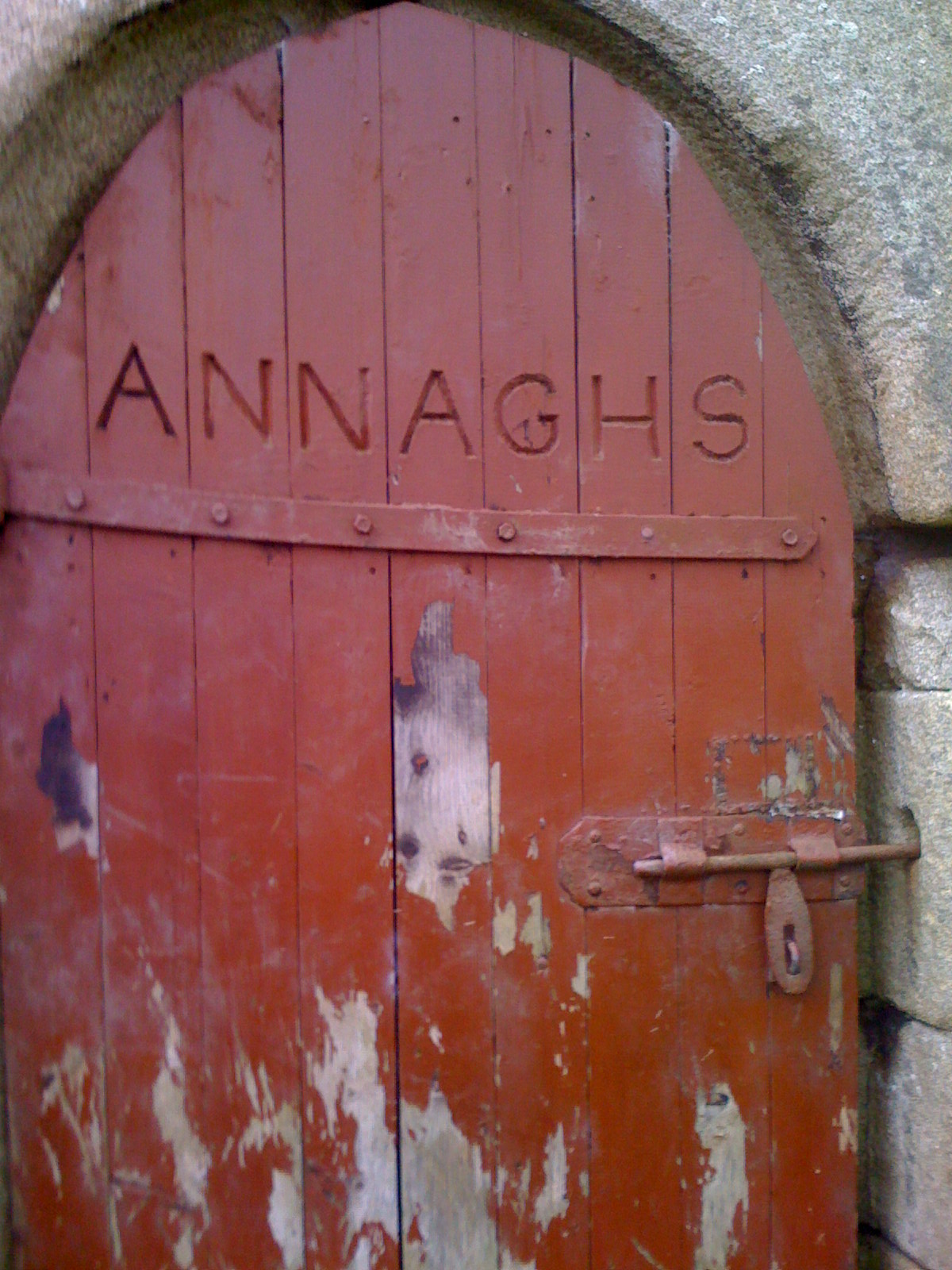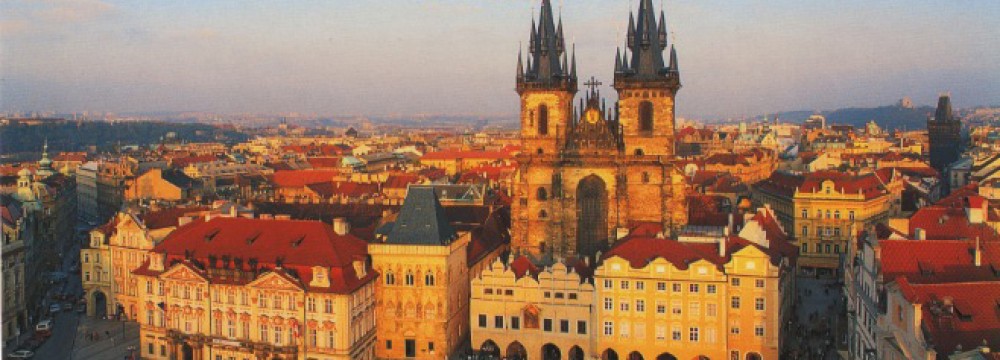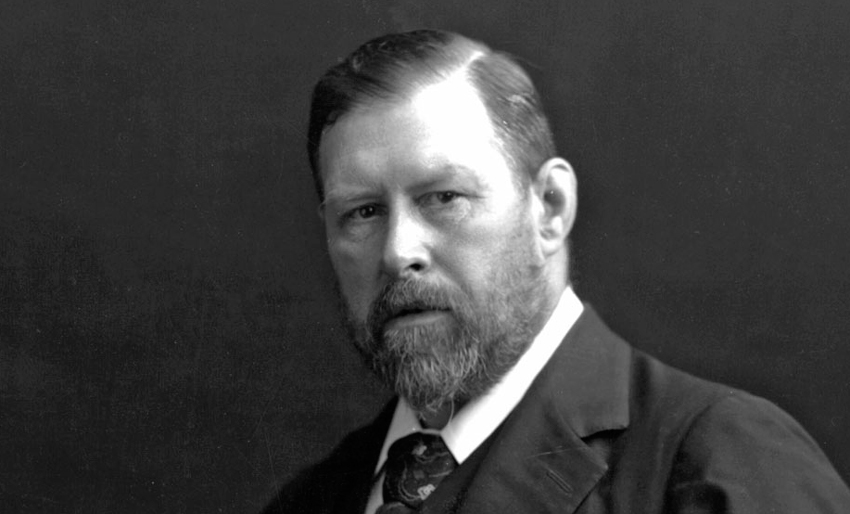
Castle Annaghs outside Waterford, Ireland is the location of the actual grave identified in local legend as that of the dearg-due (“red blood sucker”).
For everyone waiting for the next adventure of the Evil Conference professors, I am working on Earth to Earth, Ashes to Ashes and hope to have it finished in time to release next November. It will follow the professors back to Ireland and they will once again confront both Elizabeth, the dearg-due (Irish female vampire), and Eva (the witch who created the dearg-due in 1700s Ireland).
As you recall from the Come Hell or High Water trilogy, the dearg-due was a young girl from 1700s Waterford (southeast Ireland). She was in love with a local shepherd but her father insisted that she marry the local landlord, a much older and wealthier man. (Clearly, her father hoped to profit from the marriage.) But the husband was a cruel and abusive man who beat his young wife to death. She was raised from the grave beneath the famous Strongbow’s Oak, however, and transformed into the DEARG-DUE (“red blood sucker”). She first killed and lapped up the blood of her abusive husband and then her uncaring father and now she continues to seduce and kill men. She is unharmed by sunlight, holy water, or garlic. She cannot be destroyed. But she can be pinned beneath the earth if a small tower of stones is built atop her grave. She will then be trapped in her grave until the stones are dispersed, allowing her to rise from the grave beneath the oak tree and begin the cycle of seduction and murder all over again. Incorporating local Irish history, mythology, and folklore, Earth to Earth, Ashes to Ashes will be a stand-alone novel (not another trilogy).
You can pre-order your copy now thru the Pubslush website here. By donating the cost of the book in advance, you help cover the cost of editing and research and will get an autographed copy of the paperback mailed to you as soon as the novel is available. Even if you can’t support the book financially yet, please click on the link and become a FAN of the project to show your support.
I will keep you up-to-date with my progress on the book by occasional posts here — but NO SPOILERS will be revealed! 🙂


